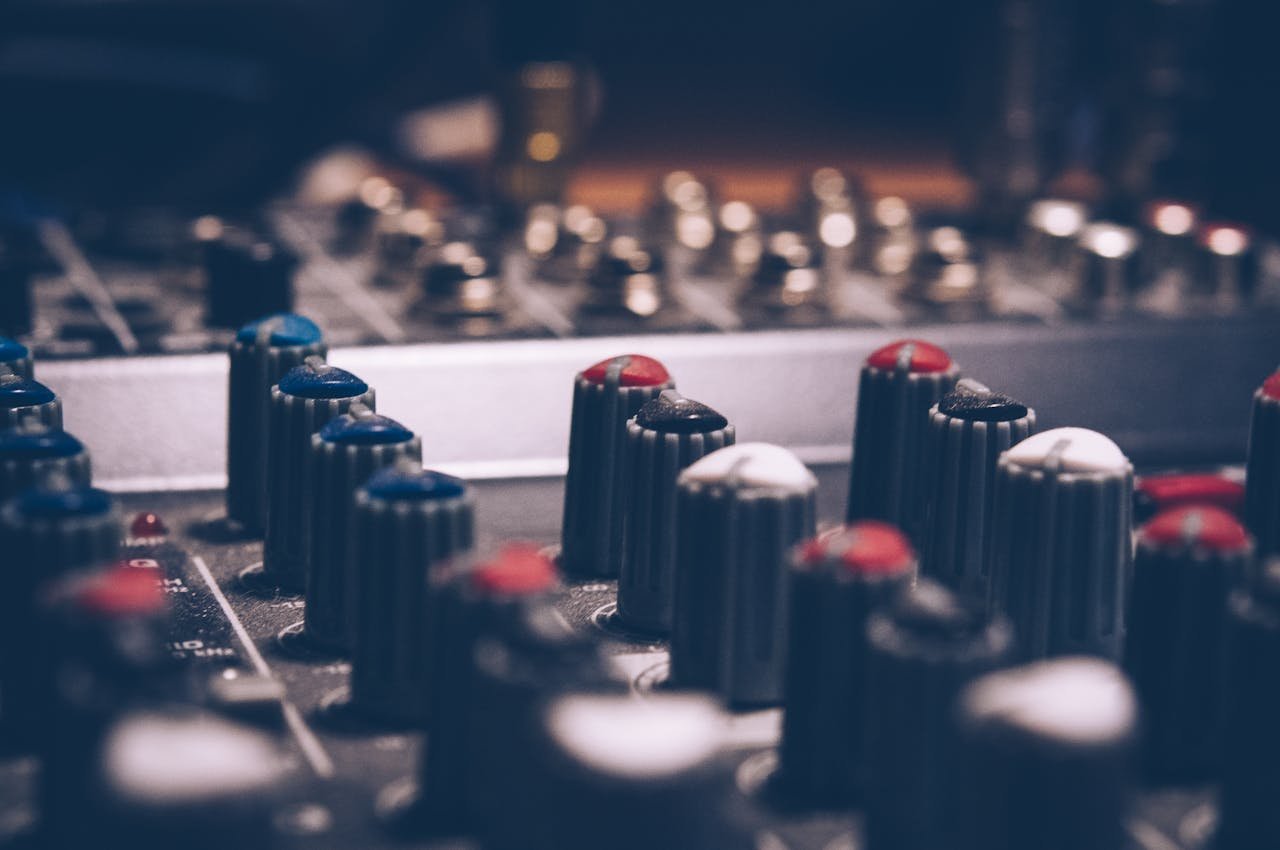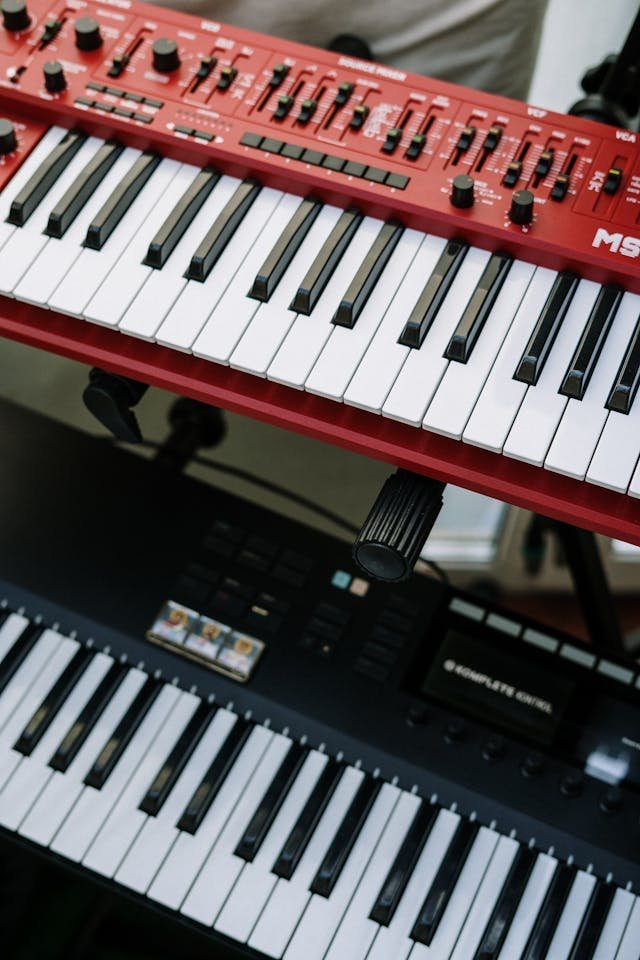DJing is an exciting art form that lets you mix, blend, and create music to energize crowds and share your unique sound. Whether you’re dreaming of spinning tracks at festivals or creating mixes for your friends, learning how to DJ is a fun and rewarding journey. This beginner’s guide will take you through the basics, from choosing your equipment to mastering your first set.
Understanding the Basics of DJing
At its core, DJing is about selecting and transitioning between tracks to create a seamless listening experience. To get started, you’ll need to familiarize yourself with:
- Beatmatching: Synchronizing the tempos of two tracks for smooth transitions.
- EQing: Adjusting bass, mids, and treble to balance the sound.
- Cue Points: Setting markers in a track to plan transitions or effects.
- Song Structure: Understanding how tracks are built (intros, verses, drops) helps with timing your transitions.
Step 1: Choose Your DJ Equipment
Your first step is to decide on the type of gear you’ll use. Beginners typically start with one of these setups:
1. DJ Controller
- Best for Beginners: Affordable and compact, DJ controllers are an all-in-one solution.
- Popular Options: Pioneer DDJ-400, Numark Mixtrack Pro FX, and Native Instruments Traktor Kontrol S2.
- Features: Controllers typically include jog wheels, faders, EQ knobs, and performance pads, all connected to your computer via DJ software.
2. Turntables
- For Vinyl Enthusiasts: If you love the classic feel of vinyl, turntables are the way to go.
- Popular Options: Technics SL-1200 series and Audio-Technica AT-LP120.
- Note: Turntables require a mixer and a collection of vinyl records.
3. Standalone DJ Systems
- For Intermediate DJs: Systems like the Pioneer XDJ-RX3 don’t require a computer, offering a more professional experience.
Step 2: Select Your DJ Software
DJ software is the backbone of modern DJing, allowing you to manage and manipulate your music library. Popular options include:
- Serato DJ Lite: Beginner-friendly with an intuitive interface.
- Rekordbox: Offers advanced features and works seamlessly with Pioneer gear.
- Virtual DJ: A versatile option with strong video mixing capabilities.
- Traktor Pro: Known for its robust tools for creative mixing.
Step 3: Build Your Music Library
Your music collection is the heart of your DJing. Start with a mix of tracks you love and expand as you explore new styles. Sources include:
- Streaming Services: Platforms like Beatport LINK and SoundCloud Go+ allow you to stream directly into some DJ software.
- Music Stores: Buy high-quality tracks from Beatport, Bandcamp, or iTunes.
- Free Resources: Look for free downloads from artists’ websites or promotional sites.
Pro Tip: Organize your library into playlists or folders by genre, tempo, or vibe for easy access during a set.
Step 4: Learn the Art of Mixing
Mixing is the skill that sets DJs apart. Here are some techniques to practice:
- Beatmatching: Start by aligning the beats of two tracks with your jog wheels or pitch faders.
- EQing: Use EQ knobs to blend tracks smoothly, cutting bass from one track while boosting another.
- Transitions: Experiment with different transition styles, such as fading, looping, or using effects like reverb or echo.
- Phrasing: Match the structure of your tracks so transitions happen at natural points, like the start of a new phrase or drop.
Step 5: Practice, Practice, Practice
The key to becoming a great DJ is practice. Set aside time each week to:
- Experiment with different genres and tempos.
- Record your mixes and listen back to identify areas for improvement.
- Try mixing for an audience, even if it’s just friends or family.
Step 6: Play Your First Gig
Once you’re confident in your skills, it’s time to perform live. Start small:
- House Parties: A low-pressure way to gain experience.
- Open Deck Nights: Many clubs and bars host events where new DJs can play short sets.
- Livestreams: Platforms like Twitch and Mixcloud Live let you perform for online audiences.
Tips for Your First Gig
- Prepare a playlist in advance, but be flexible to read the crowd.
- Arrive early to set up and test your gear.
- Stay calm and enjoy the moment—mistakes happen, and they’re part of learning.
Additional Tips for Beginners
- Learn Music Theory: Understanding keys and scales helps you mix harmonically.
- Follow Influential DJs: Study sets from artists you admire to learn new techniques.
- Invest in Quality Headphones: Clear sound is essential for cueing and beatmatching.
- Network: Connect with other DJs and music enthusiasts to find gigs and inspiration.
Common Beginner Mistakes to Avoid
- Relying Too Much on Sync: While the sync button is helpful, learning manual beatmatching improves your skills.
- Overusing Effects: Keep effects subtle to avoid overwhelming your mix.
- Ignoring Song Selection: A well-curated playlist is more important than flashy transitions.
Conclusion
DJing is a skill that combines technical mastery with artistic expression. With the right equipment, practice, and passion, you can start your journey into the world of mixing and creating unforgettable music experiences. Whether you’re aiming for local gigs or international festivals, the key is to keep learning, experimenting, and enjoying the process. So, fire up your gear and start spinning—your DJ journey begins now!









